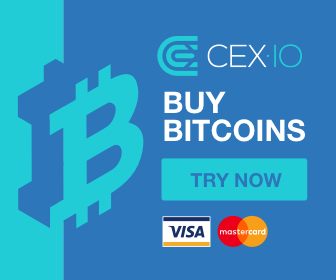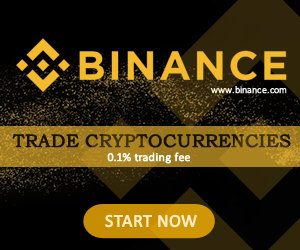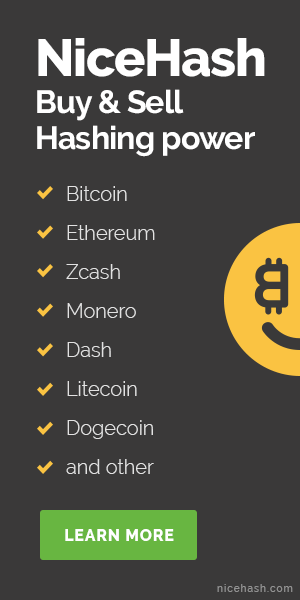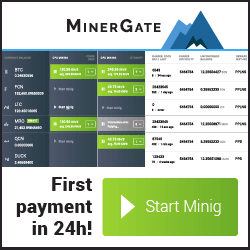Still going strong
Whether you’re new or an experienced cryptocurrency user doesn’t matter. It’s very likely that you’ve already heard about Kraken. Being one of the oldest cryptocurrency exchanges we feel it’s worth taking a look at how it’s doing nowadays.

Who knows? You might find something worth checking out if you stick around for this short review. So, let’s get started.
What does it offer?
Initially it was a pretty basic exchange, which is understandable since at the time, cryptocurrency wasn’t as popular. With time however, they’ve refined it and have provided a great, balanced exchange that both new and experienced users can trade in.
Kraken includes but isn’t limited to the following features:
- A basic, user friendly GUI for new users.
- Charts for advanced traders.
- A mobile app that lets you trade on the go.
- Margin trading with leveraged trading of up to 5x with shorting.
- Advanced order types.
- Support for a great selection of coins.
- Almost 50 trading pairs.
- Fiat currency deposits and withdrawals (CAD, EUR, GBP and USD).
What does the community think of it?
The overall reception towards Kraken has always been positive given their track record. Naturally you’ll find a fair share of very vocal and negative opinions about the exchange, usually related to the flawed customer support, which is sadly a common occurrence among exchanges, but other than that, you’ll see that most communities trust, respect and usually recommend Kraken as a good exchange to use.
It is also worth mentioning that in January there was a small moment of doubt towards Kraken. This had to do with some downtime and site errors that users were experiencing, which the exchange was in the process of fixing by upgrading their trading engine. However, this process took longer than expected, and what was supposed to take a couple of hours, took 2 days.
Naturally, Kraken’s customers went into full blown panic thinking the site was pulling of an exit-scam after being completely offline for 2 days, but the exchange actually kept in touch with its users through social media channels during that downtime.
As a way to compensate for that downtime, Kraken made all trading completely free for the rest of the month.
Fees
While we can’t write it all down here due to the fairly big amount of trading pairs available, we can tell you how fees work in Kraken.
Essentially, fees are calculated in tiers: Lower tiers mean typical or average trading volumes, while higher tiers mean higher trading volumes. The higher you go, the lower the fees will be.
Pros & Cons
Pros
- It’s a trustworthy platform to trade in. It’s reputable and fully secure, with not a single hack experienced throughout its years of operation.
2. High liquidity for BTC/EUR trading pairs.
3. The ability to do margin trading.
4. Simple and newbie friendly GUI.
5. Charting available for experienced traders.
6. Mobile app available on iOS for those that want to trade on the go.
7. A nice selection of currencies to choose from, with almost 50 trading pairs available.
8. Reasonable fees based on a tiered system.
Cons
- Much like other exchanges, customer support could improve a lot.
2. The account verification process can take weeks.
To sum it up
Kraken is probably the oldest cryptocurrency exchange around, and the fact that it’s still active up to this day shows that they did a lot of things right. Whether you’re new or an experienced cryptocurrency user doesn’t matter, if you’re looking for an exchange to use you should definitely give Kraken a shot.
About Kraken
Kraken has a rather long history, so we’ll cover some of the most important things to happen to it up to this day.
Kraken was founded back in 2011 by Jesse Powell in San Francisco, California. The creation of the Kraken exchange came from seeing how poorly Mt. Gox was run when Powell offered his assistance in the aftermath of one of the major hacks. He saw that a better, more secure alternative was needed if bitcoin adoption into the mainstream was to be pushed any further.
As a result, the exchange started its development and beta testing in that year. This process lasted 2 years and in September of 2013, Kraken finally launched with live trading. Further down the line you’d see additional features added to the exchange, such as margin trading and a bigger selection of coins to trade with. Then, just a month after its release, Kraken started to provide Single European Payments Area (SEPA) payments for deposits and withdrawals.
Kraken is also known for being one of the few exchanges at the time that were immune to the “transaction malleability” exploit that plagued other exchanges at the time such as Mt. Gox.
At one point, in March of 2014, Kraken also took the top spot among all exchanges in terms of BTC/EUR trading volume. It also became one of the first exchanges to be listed on Bloomberg terminal.
Later, in July of that same year, Kraken assisted the Japanese government alongside other businesses by working as advisors on the creation of the Japan Authority of Digital Assets, also known as JADA. This was the first Bitcoin regulatory body that had government backing.
In October of 2014, Kraken also added support for GBP, USD and JPY funding and trading to expand its user base. On that same month Kraken started to collaborate with Fidor bank with the goal of creating the world’s first cryptocurrency bank. The project wasn’t fully realized however, and was eventually put on hold.
In May of 2015, Kraken announced the beta launch of margin trading, which made them stand out from most of its competitors at the time. Then, in June of the same year, further support was added for fiat currencies with CAD funding and BTC/CAD trading, and in August, the trade fee model was changed to a maker-taker model, as a way to reduce trade fees for Market makers.
2016 was mostly a year of acquisition and slight controversy for Kraken. In January of that year acquired the NY-based exchange Coinsetter so that they could continue to operate in the relevant states after certain regulations got established. Then, the exchange was a subject to controversy after accusations towards their security were thrown out due to several reports over social media stating that users had their accounts compromised and that their funds were stolen.
This controversy mainly came from the fact that Kraken went silent to conduct an internal investigation so that they could determine the cause of these incidents, but all of this was clarified after Kraken released a statement within a month of the investigation, which determined that no hack happened and that their security systems did not get breached at any moment. They attributed the missing funds of the affected users to phishing, and explained and encouraged users to use Kraken’s security features to avoid it from happening again.
2017 was uneventful for Kraken. The service operated smoothly throughout the year and it focused on adding support for more cryptocurrencies, which include but are not limited to:
In April of 2018, the exchange announced that they’d shut their services down in Japan after 4 years of operations due to the high costs of running the business over there.
- Monero
- USDT
- Dash
- MLN
As you can see, Kraken has a long history, but the service has actually had a smooth run so far.






